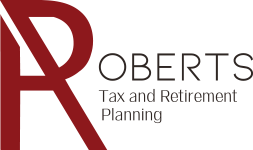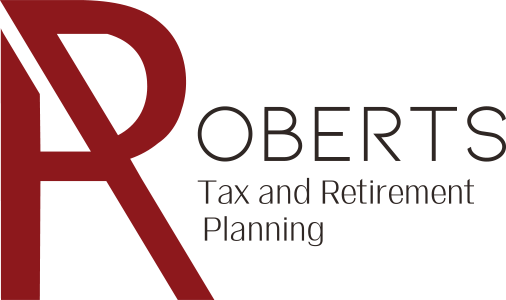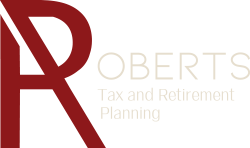Rules of thumb are common in personal finance. For example, the rule of 72 states that 72 divided by an interest rate will yield a doubling time for an investment. It is an approximation, but it is based on pure mathematics. By contrast, the four percent rule is based on studies of how portfolios behave. It is much less precise and investors need to understand its history and limitations.
The rule was created in 1994 by financial planner William Bengen. It was based on a study of stock and bond portfolios between 1926 and 1976. The basic conclusion was that a withdrawal rate of four percent of a portfolio total was sustainable for all market conditions for 33 years. Therefore, following this rule would be “safe” for retirees.
The main challenge to the four percent rule is early retirement wealth changes. This comes in two forms, sustained market downturns and major purchases. Most individuals currently approaching retirement have experience two significant downturns in their accumulation years, the dotcom bust and the great recession. Historically these types of downturns are not unusual. While it is not possible to predict when the next one will happen, for those retiring at the wrong time, such a downturn can have a permanent portfolio impact.
At the beginning of retirement, many retirees make major purchases, such as luxury travel or a dream home. This can hit the portfolio heavily and permanently, upsetting the validity of the four percent rule.
By planning several years before retirement, it may be possible to buffer against the problem of early career wealth changes. Techniques include adjusting portfolio mix, accumulating cash for early retirement living outside of retirement accounts, planning for part-time work, making major purchases while still working. The suitability of these techniques depends on the specific situation of each family. If you would like to review your situation and consider how to manage this risk, please contact us.






